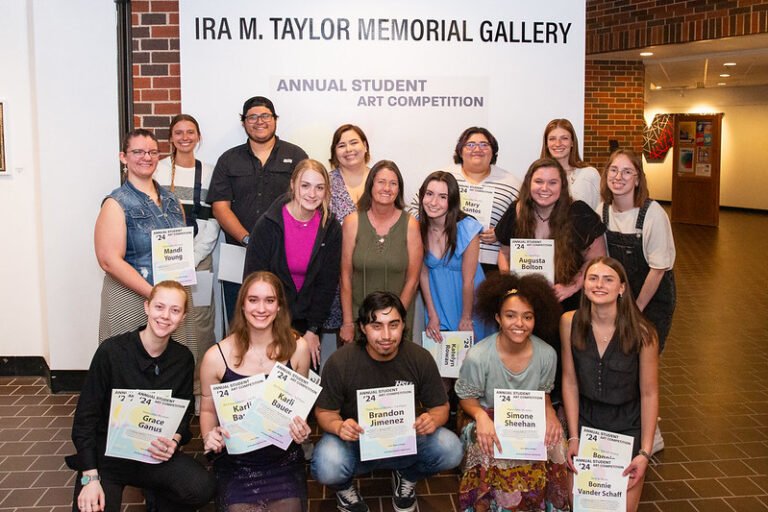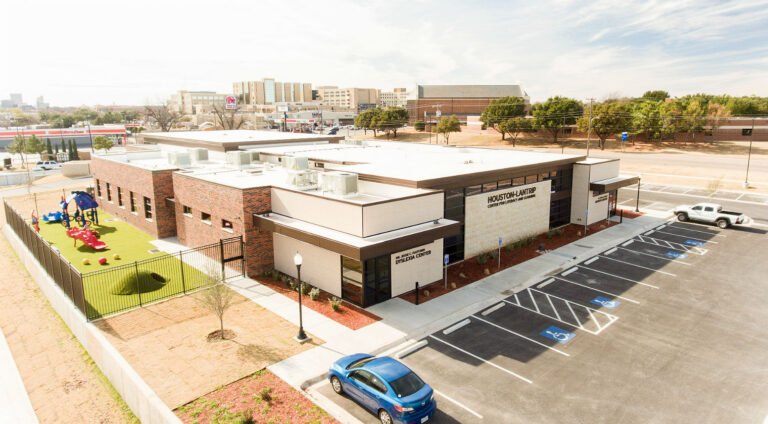India Student Honored for Discovery of Asteroid in HSU-based Program; Space Rock Named for HSU Prof
Miller Honored with Asteroid; HSU Alum Given Right to Name His Discovery
Photos: Location graphic of asteroid Patrick Miller; photo of asteroid; Miller with Dr. Carl Pennypacker outside the Advanced Light Source at the Lawrence Berkeley National Laboratory, Berkeley, CA
“Patrick Miller” is the new name for an asteroid orbiting in our solar system just beyond the planet Mars.
The Minor Planet Center officially named the asteroid in honor of the work done by Hardin-Simmons University associate professor of mathematics, Dr. Patrick Miller.
Miller is the founder of the International Asteroid Search Collaboration where students from around the world discover new asteroids. Some of the student asteroid discoveries are so close to Earth that they are considered as new threats to our planet.
Miller started the educational outreach program, based at the Holland School of Mathematics and Sciences on the HSU campus, in October 2006. Dr. Miller and undergraduate honors student Jeff Davis founded the program, starting with five schools from around the United States.
As the program has grown, now more than 300 schools and some 4,000 students participate in search campaigns each year representing more than 40 countries on five continents.
The program, provided at no cost to the participating schools, gives high school and college students the opportunity to help in an international search for near-Earth objects and discoveries of previously unknown asteroids in the Main Belt between Mars and Jupiter.
Over the Internet, the schools receive astronomical images taken only hours before at the Astronomical Research Institute (Westfield, IL), Institute for Astronomy (Pan-STARRS, University of Hawaii), and Xinglong Station (Chinese Academy of Sciences, Beijing). Students then use a software package to assist in the discovery and measurement of the positions of asteroids and all other near-Earth objects.
Students have discovered more than 300 previously unknown asteroids, which eventually receive an official number as they are recorded by the International Asteroid Search Collaboration with the Minor Planet Center at Harvard University and the International Astronomical Union in Paris, France.
Also honored with an asteroid named for his work is Tomas Vorobjov, the IASC astronomer who handles all of the data reduction and discovery follow-ups for the outreach program. The asteroid is simply named “Vorobjov” and is located outside of the orbit of Mars. “Vorobjov,” however, is almost twice as far from Earth as “Patrick Miller.”
The Center also announced that recent HSU graduate and IASC cofounder Jeff Davis has been awarded the opportunity to name the asteroid he discovered in the spring of 2007. The asteroid was recently given a number and has been included in the world’s official catalog of minor bodies in the solar system. Davis is now considering what name he will propose for his discovery.
Student in India Honored for Asteroid Discovery in Program Based at HSU
Atul Felix Payapilly, a student at Karunya University near Coimbatore, India, surprised his advisor with news that he and a friend, from a university in China, had jointly discovered an asteroid while participating in a program based in the United States.
Payapilly’s advisor, Dr. Elijah Blessing, director of the School of Computer Science and Technology at Karunya University, handed a letter of congratulations from Hardin-Simmons University to Karunya’s vice chancellor, Paul Appasamy. Appasamy’s curiosity was piqued by the unusual congratulatory letter, which initiated a chain reaction for a celebration to honor Atul on campus at Karunya.
Founder of the International Asteroid Search Collaboration and HSU professor Dr. Patrick Miller explained to Appasamy in an email that Atul, and his friend Zhang from China, discovered the Main Belt asteroid during a 45-day campaign conducted by the International Astronomical Search Collaboration, centered at Hardin-Simmons University.
The discovery by Payapilly and Zhang will be on provisional status for several years as Main Belt asteroid 2010 RR52, as it is currently called, is fully tracked.
Miller says, “Over the coming three to six years, the progress of the asteroid is followed until its orbit is completely known. It is then the asteroid is assigned a number and placed in the world’s official catalogue maintained by the Minor Planet Center and the International Astronomical Union.
“After it reaches numbered status,” says Miller, “Atul and his friend will have a 10-year period of time to propose a name for the asteroid. All names are approved by an international committee of the IAU.”
Atul was honored during a commemorative ceremony at his university with a gold medal and a certificate.
IASC asteroid search campaigns to start this fall semester will include 112 schools from 17 countries and 12 U.S. states.



